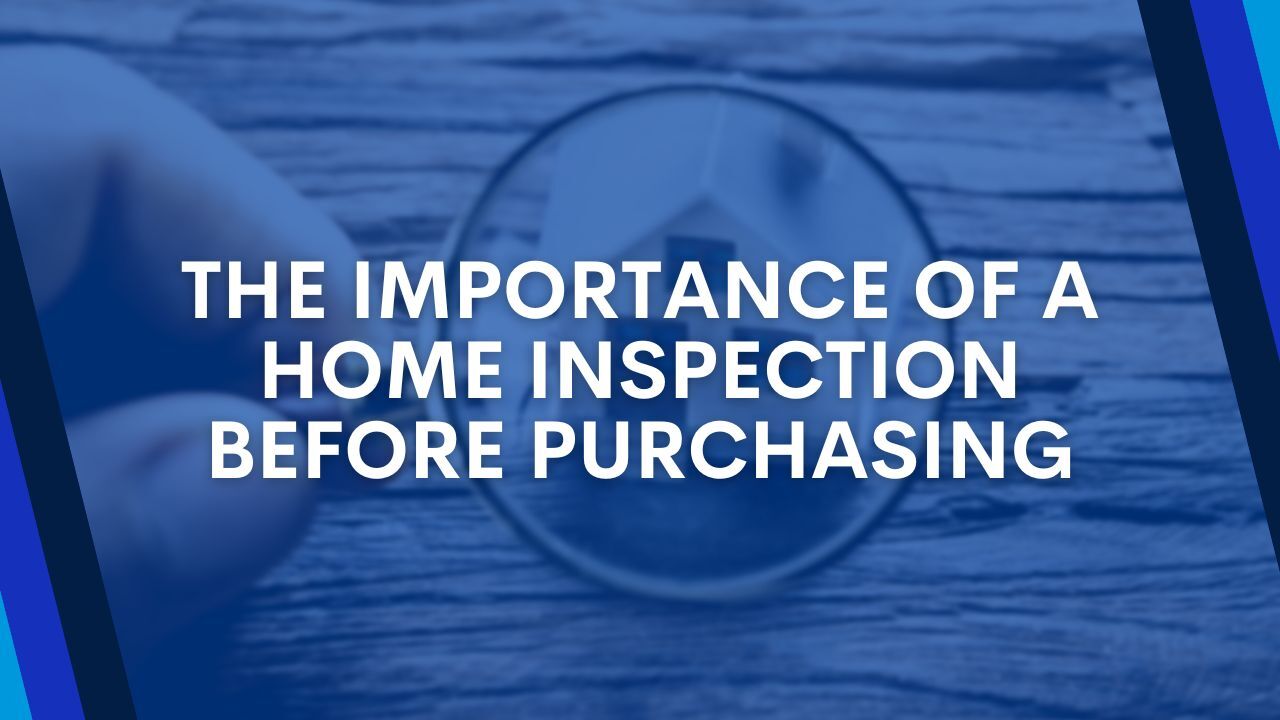 When buyers walk into a home, their attention is often drawn to one particular space more than any other, the kitchen. It is no coincidence that real estate professionals often call the kitchen the heart of the home. Beyond its practical function, the kitchen carries emotional and psychological weight that can influence a buyer’s decision more than any other room.
When buyers walk into a home, their attention is often drawn to one particular space more than any other, the kitchen. It is no coincidence that real estate professionals often call the kitchen the heart of the home. Beyond its practical function, the kitchen carries emotional and psychological weight that can influence a buyer’s decision more than any other room.
The Emotional Connection
The kitchen is where families gather, meals are shared, and memories are created. It represents comfort, warmth, and togetherness. Buyers often imagine themselves cooking Sunday dinners, hosting friends for brunch, or helping children with homework while preparing meals. This emotional connection creates a sense of belonging that can make a house feel like a home immediately.
Open floor plans that integrate the kitchen with living spaces enhance this feeling, allowing buyers to visualize seamless family interactions and entertaining guests. A well-lit, inviting kitchen can spark excitement and desire, making it easier for buyers to emotionally commit to a property.
Function Meets Aesthetics
While beauty is important, functionality is equally critical. Buyers notice how appliances are arranged, the quality of countertops and cabinets, and whether there is enough storage and workspace. Ergonomic layouts and thoughtful design can create a sense of ease and efficiency, signaling that the home is not only beautiful but also practical for daily living.
Investing in modern appliances, durable surfaces, and smart storage solutions can elevate a kitchen from ordinary to extraordinary. Buyers often equate a well-designed kitchen with a home that is well-maintained overall, increasing their confidence in the purchase.
The Power of First Impressions
The kitchen often serves as the focal point during showings. Staging the space effectively can make a strong first impression. Simple touches like fresh flowers, organized countertops, or a bowl of fruit can highlight the room’s potential and create a welcoming atmosphere. Colors, lighting, and finishes all contribute to the mood and can subtly influence how buyers feel about the home.
Kitchens and Resale Value
From a practical standpoint, kitchens are a key driver of resale value. Homes with updated, functional, and attractive kitchens tend to sell faster and often at higher prices. Buyers are willing to pay a premium for a kitchen that meets both their aesthetic preferences and practical needs. Real estate agents know that emphasizing this space in listings and during tours can be a powerful marketing tool.
Understanding the psychological impact of kitchens helps real estate agents guide buyers and sellers effectively. By highlighting design, functionality, and the emotional aspects of this central space, agents can create a narrative that resonates with potential buyers.
The kitchen is more than just a room for cooking, it is a space that evokes emotion, fosters connection, and ultimately influences the decision to buy. For many buyers, falling in love with the kitchen is the first step toward falling in love with the entire home.
 The real estate industry has seen a dramatic transformation in recent years. Technology has reshaped how homes are marketed and sold, creating a faster, more engaging experience for buyers and sellers alike. Virtual tours and advanced marketing strategies are at the forefront of this change, offering unique benefits that were once unimaginable.
The real estate industry has seen a dramatic transformation in recent years. Technology has reshaped how homes are marketed and sold, creating a faster, more engaging experience for buyers and sellers alike. Virtual tours and advanced marketing strategies are at the forefront of this change, offering unique benefits that were once unimaginable. Purchasing a home is one of the most significant decisions you will ever make. It is an exciting process, but it can also be overwhelming if you do not ask the right questions. Knowing what to ask can help you avoid costly mistakes and ensure that the home you choose fits your needs and budget.
Purchasing a home is one of the most significant decisions you will ever make. It is an exciting process, but it can also be overwhelming if you do not ask the right questions. Knowing what to ask can help you avoid costly mistakes and ensure that the home you choose fits your needs and budget. A forever home is often imagined as the place you will live for decades. It is where families grow, memories are created, and life milestones are celebrated. For some people, this vision becomes reality. For others, the thought of staying in one place for life feels restrictive. Instead, they move every five to seven years, searching for new opportunities and experiences. So why do some homeowners stay forever while others are constantly on the move?
A forever home is often imagined as the place you will live for decades. It is where families grow, memories are created, and life milestones are celebrated. For some people, this vision becomes reality. For others, the thought of staying in one place for life feels restrictive. Instead, they move every five to seven years, searching for new opportunities and experiences. So why do some homeowners stay forever while others are constantly on the move? For many renters, the idea of homeownership feels just out of reach. Rising home prices, limited inventory, and financial uncertainty can make the process seem overwhelming. But with a clear plan, the right guidance, and a one-year commitment, you can move from renter to homeowner, and take control of your financial future.
For many renters, the idea of homeownership feels just out of reach. Rising home prices, limited inventory, and financial uncertainty can make the process seem overwhelming. But with a clear plan, the right guidance, and a one-year commitment, you can move from renter to homeowner, and take control of your financial future. Eco-friendly living is more than just a trend, it is becoming a priority for today’s homebuyers. While solar panels often get the spotlight, there are many other green features that not only reduce your environmental footprint but also boost your home’s resale value. If you are thinking of making upgrades before selling, or you are a buyer looking for long-term savings, these sustainable features deserve a closer look.
Eco-friendly living is more than just a trend, it is becoming a priority for today’s homebuyers. While solar panels often get the spotlight, there are many other green features that not only reduce your environmental footprint but also boost your home’s resale value. If you are thinking of making upgrades before selling, or you are a buyer looking for long-term savings, these sustainable features deserve a closer look. Selling a home as-is can be a practical option for homeowners who want to avoid making repairs before listing. However, understanding what it means to sell as-is, and how it affects the process, is essential for a smooth transaction. This approach can attract certain buyers, but it also requires clear communication and realistic expectations.
Selling a home as-is can be a practical option for homeowners who want to avoid making repairs before listing. However, understanding what it means to sell as-is, and how it affects the process, is essential for a smooth transaction. This approach can attract certain buyers, but it also requires clear communication and realistic expectations. Buying a home is one of the biggest financial commitments most people make in their lifetime. While the process can be exciting, it is also full of important steps that protect your investment. One of the most critical yet sometimes overlooked steps is the home inspection.
Buying a home is one of the biggest financial commitments most people make in their lifetime. While the process can be exciting, it is also full of important steps that protect your investment. One of the most critical yet sometimes overlooked steps is the home inspection. Buying a new home before selling your current one can feel like walking a financial tightrope. While it allows for a smoother transition and avoids the need for temporary housing, it also requires thoughtful planning and the right strategy. If you are considering making a move without selling first, here are key factors to understand and steps to take to make the process work for you.
Buying a new home before selling your current one can feel like walking a financial tightrope. While it allows for a smoother transition and avoids the need for temporary housing, it also requires thoughtful planning and the right strategy. If you are considering making a move without selling first, here are key factors to understand and steps to take to make the process work for you. Walk into an open house and you might expect fresh flowers, cozy furnishings, and soft lighting. But occasionally, you will also spot something more unexpected family portraits in frames that do not match the owner. That’s because some sellers purposely leave behind staged or even fake family photos. While it may sound odd at first, this tactic is rooted in buyer psychology and strategic marketing.
Walk into an open house and you might expect fresh flowers, cozy furnishings, and soft lighting. But occasionally, you will also spot something more unexpected family portraits in frames that do not match the owner. That’s because some sellers purposely leave behind staged or even fake family photos. While it may sound odd at first, this tactic is rooted in buyer psychology and strategic marketing.